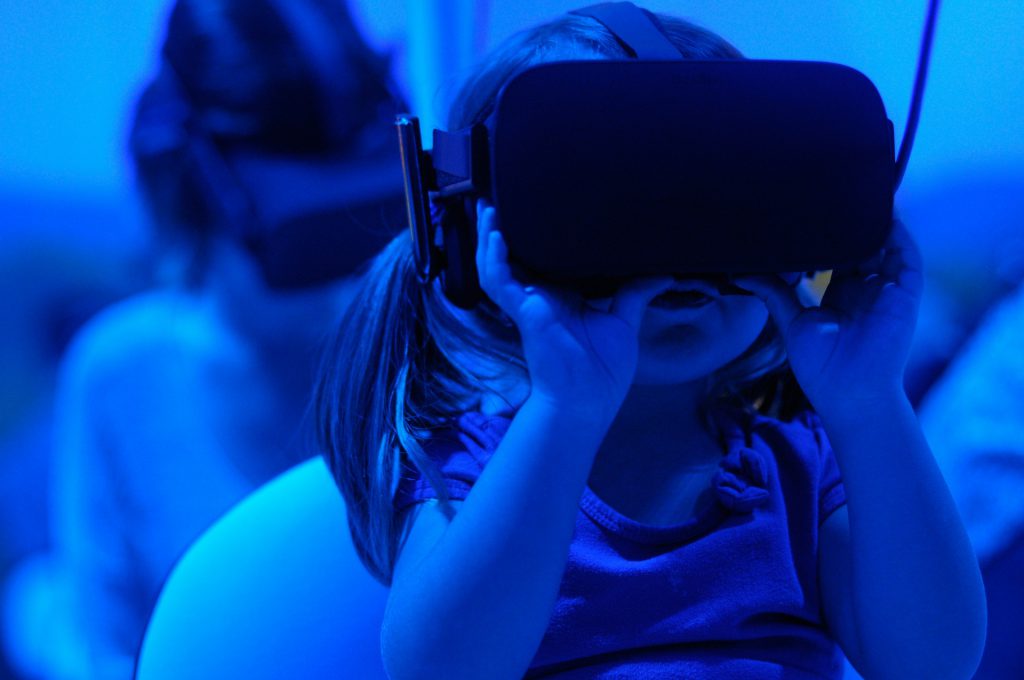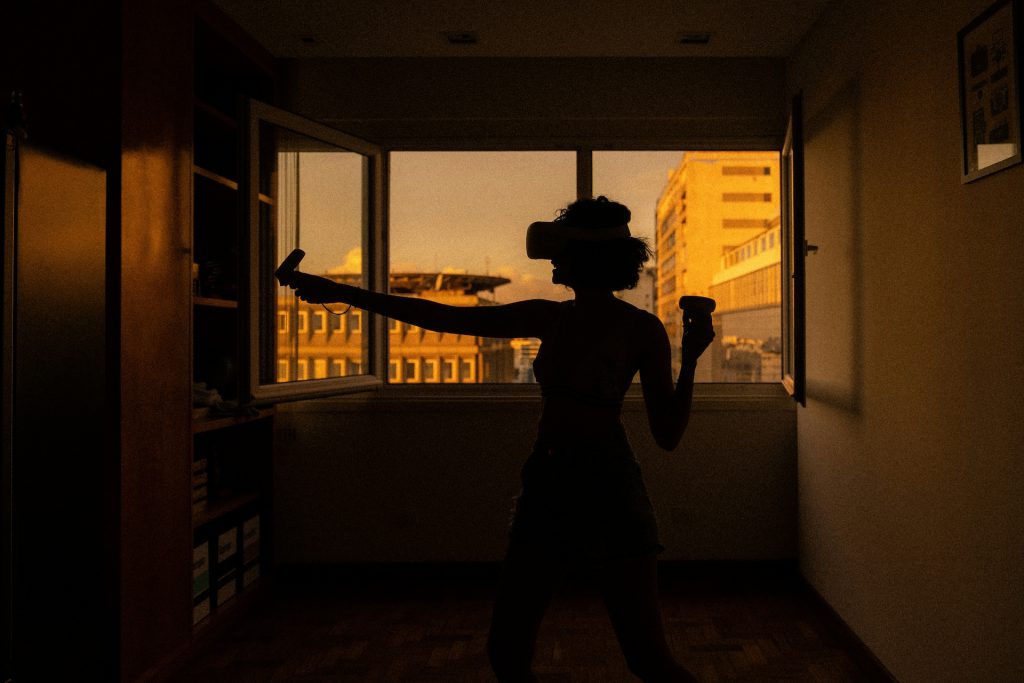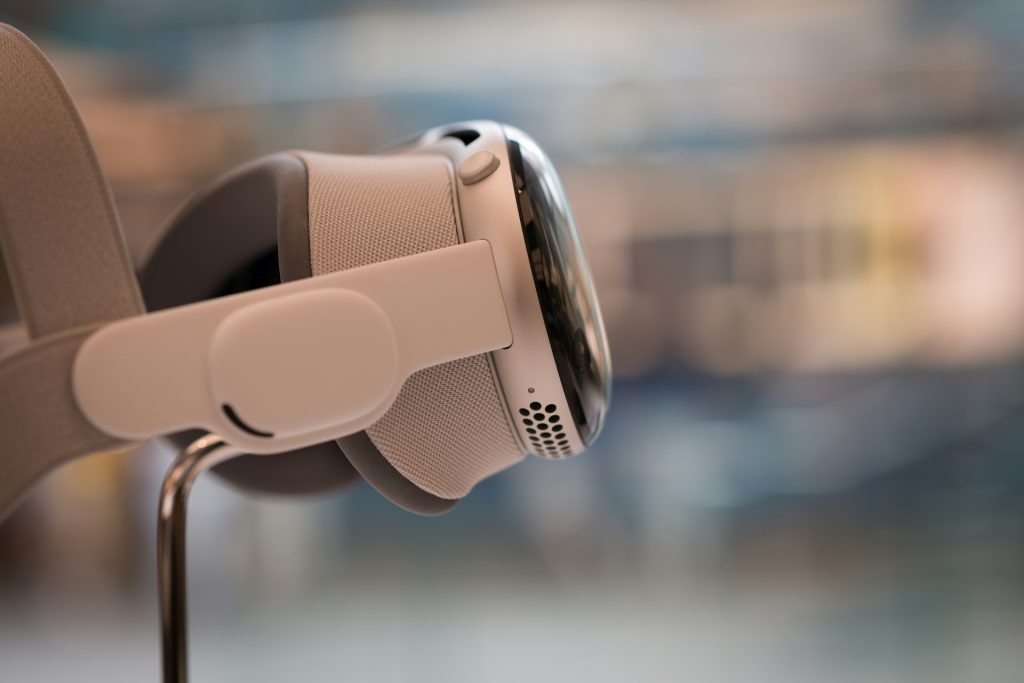While Spatial Video is a game-changer for entertainment, its potential applications go far beyond movies and immersive media. From education to healthcare, this technology is opening new doors for industries that rely on immersive and engaging content. In this article, we explore the various ways Spatial Video is being used today and what the future holds.
Education and training
Spatial Video has the power to revolutionize learning by making it more interactive and engaging.
- Virtual Classrooms – Students can experience historical events or explore scientific concepts in an immersive environment.
- Medical Training – Surgeons and medical students can practice procedures in a realistic 3D setting without real-life risks.
- Corporate Training – Companies can create lifelike simulations to train employees more effectively.
Healthcare and therapy
The medical industry is already leveraging Spatial Video for various applications, such as:
- Physical Therapy – Patients recovering from injuries can use Spatial Video for guided exercises with real-time depth perception.
- Mental Health – Exposure therapy and relaxation techniques become more effective through immersive environments.
- Surgical Assistance – Doctors can record and review surgeries in 3D, improving their techniques and learning from real-world procedures.
Business and marketing
Brands are looking at Spatial Video as a way to enhance customer engagement.
- Virtual Product Demos – Consumers can interact with products in a more immersive way before purchasing.
- Immersive Advertising – Ads with depth and realism can create stronger emotional connections with audiences.
- Real Estate Showcases – Buyers can explore properties as if they were physically present, without leaving their homes.
Communication and social interaction
Spatial Video could change the way we connect with others, making digital communication feel more personal.
- Virtual Meetings – Remote work could feel more like in-person collaboration through realistic 3D meetings.
- Social Media Integration – Future social platforms might use Spatial Video to create lifelike shared experiences.
- Family Memories – Rewatching personal moments in Spatial Video makes them feel more vivid and authentic.
Spatial Video is far more than just a novelty. Its ability to capture depth and realism has practical applications across industries, and as technology advances, we can expect even more groundbreaking uses. Whether in healthcare, education, or business, Spatial Video is shaping the future of digital interaction. Stay tuned to spatial-video.com for more insights on how this technology is evolving!




